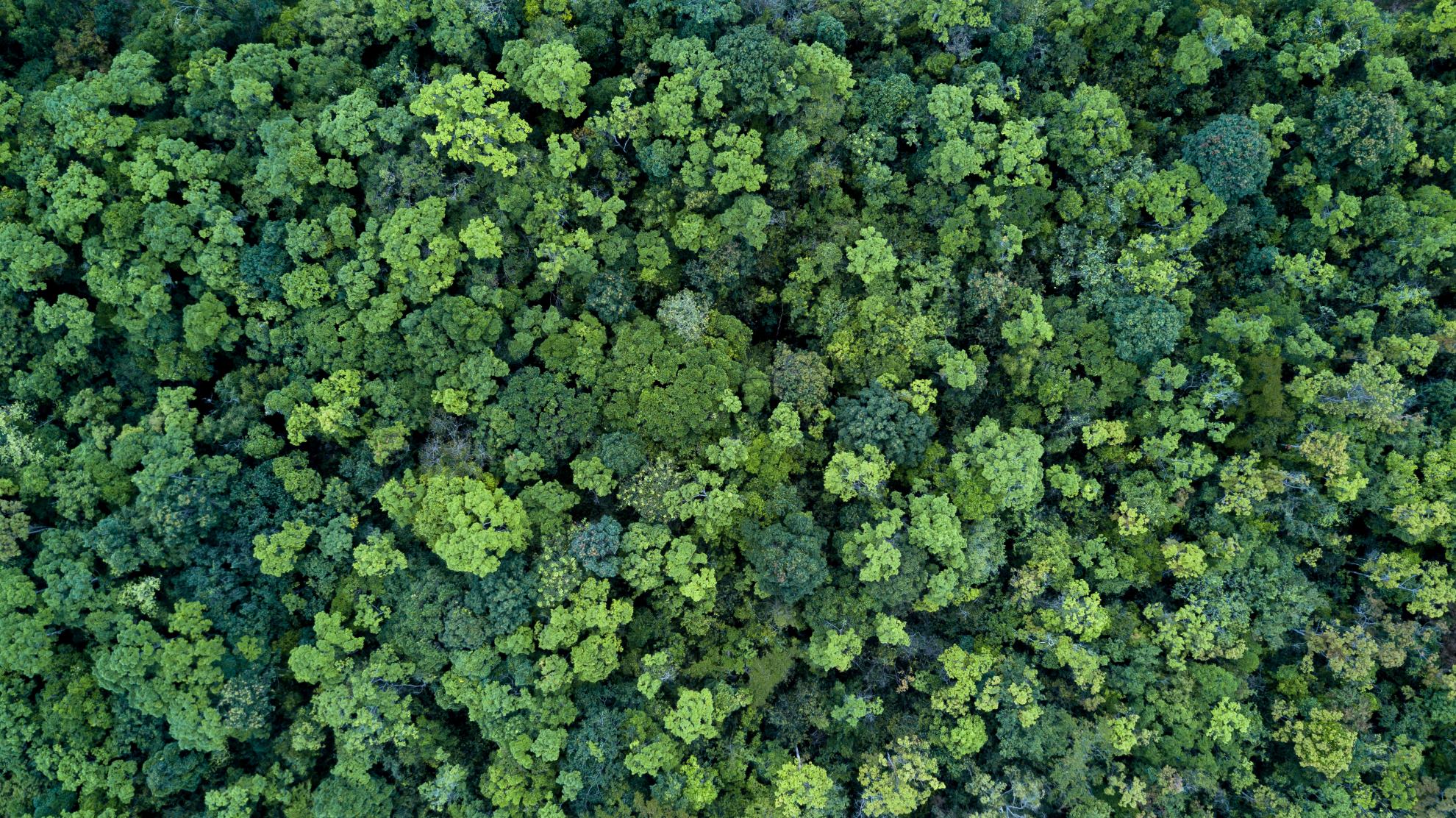Glossary
Glossary

Storing more carbon in trees
Download this deep dive
Key enabler insights: Storing more carbon in trees
Forests are the key land solution for removing CO2 from the atmosphere. But progress is still moving in the wrong direction.
Despite recent signs of decreasing net LULUCF removals, forest area and carbon stock in forest land has grown between 2016 and 2021, mostly in France. Additionally, Italy and Bulgaria are driving positive change in forest area, and Poland and Germany show promising developments in terms of growing carbon stock in forest land. Overall, there still is a lack of a coordinated forest policy framework, harmonising forest regulations across regions and fostering carbon sequestration and ecosystem restoration.

Diving deeper: progress towards storing more carbon in trees
EU-wide progress
Forests are the key land solution for removing CO2 from the atmosphere. But progress is still moving in the wrong direction. The carbon stock in forest land as well as forest area are increasing, but at a decreasing growth rate. France is the primary Member State driving the increase of forest area and carbon stock (reporting a steady growth rate despite recent signs of decreasing net LULUCF removals, followed by Italy and Poland.

Progress in Member States
For the indicators, progress in towards storing more carbon in trees has been assessed and compared in EU Member States.
Policy context and areas of action

Current EU policies seem insufficient to deliver the required increases in forest carbon stores. The EU has few competencies for forestry policy, which is set mostly at the national level. The EU’s LULUCF Regulation mandates net GHG removal targets for natural sinks, with forests as the key component. The proposed Nature Restoration Law sets goals by 2030 to enhance forest ecosystems. The Forestry Strategy lays out a plan to protect existing forests and increase cover. The CAP provides financial incentives. The proposed Forestry Monitoring Law aims to improve the knowledge base. Most Member States have targets to increase forest area, trees planted and improve sustainable forest management. However, targets are often unclear regarding details and implementation plans. The EU (through the CFCR) and some of its Member States (e.g., France) have implemented or are considering voluntary certification schemes for forest carbon removals.
To achieve the LULUCF target and enhance other forest ecosystem services, the EU should follow-up on its own guidance to Member States on sustainable forest practices and further promote restoration, reforestation and sustainable management (including a shift towards more near-natural forests, to additionally support other ecosystem services such as biodiversity conservation). It is also crucial that certified removals are of high integrity. The CAP’s impact on sustainable forest practices could be improved through capacity building to help landowners implement CAP measures, while applying robust monitoring techniques to ensure that the measures have been implemented.





